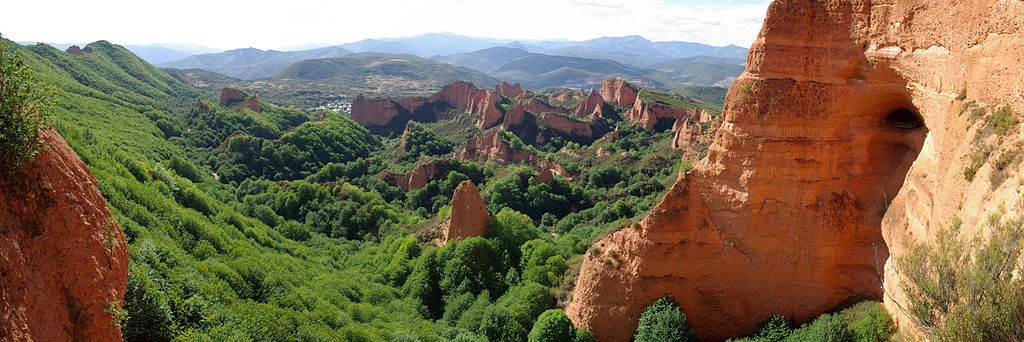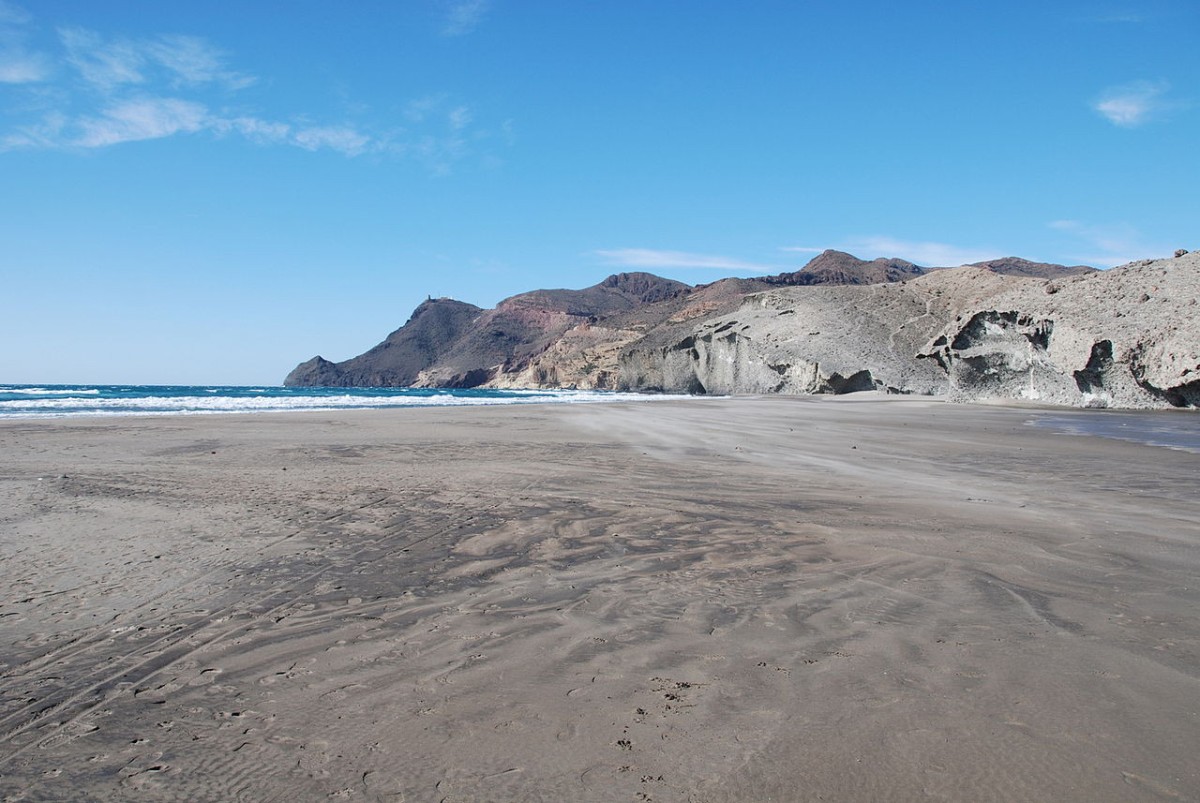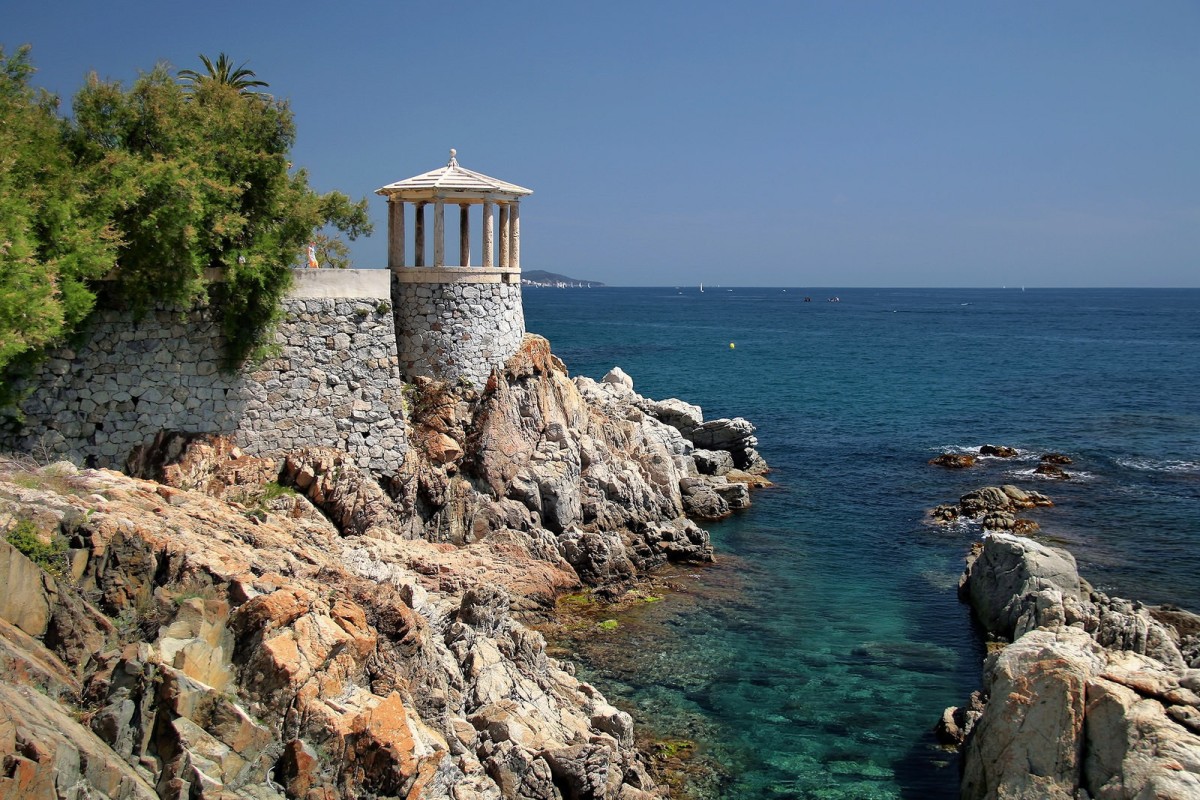
Spain boasts some of the most fantastic landscapes in Europe, perhaps even in the world. And while you might be familiar with some of the most famous landscapes in Spain, there is so much more to discover. From stunning rivers to unique rock formations, Spanish landscapes are truly diverse, not just home to beaches, and the Iberian Peninsula is full of stunning natural landscapes just waiting to be discovered.
For this reason, we've put together this guide to Spain’s natural treasures that everyone should visit at least once in their life. These unique places to visit in Spain are places where you can immerse yourself in nature and enjoy everything it has to offer. It's time to begin our tour of 5 of the most beautiful natural landscapes in Spain.
Las Médulas, León

The Médulas are a UNESCO World Heritage Site and are located in the Bierzo area of the Spanish province of León. The history of this fascinating place dates back to the 1st century when the Romans decided to divert water here to erode the weak rock and extract gold from inside. Over the years, mining continued until it became the largest open-pit gold mine in the entire Roman Empire, thanks to which the Roman legions could be maintained.
The mixture of aggressive engineering and powerful nature created this wonderful landscape of clay mountains with curious shapes and reddish-orange sands mixed with the surrounding vegetation. This fabulous sight of strong, contrasting colours is one of Spain’s greatest secrets which you can visit on your tour of Spain's most beautiful landscapes.
Cabo de Gata, Almería

The Cabo de Gata Natural Park is found in Southern Spain in the province of Almería and is one of the few examples of a volcanic geo-park in the Mediterranean. Thanks to the particular geographical isolation of this area, the characteristics for the conservation of this curious natural enclave, half-desert, half-coastal area, are a must see.
The natural park is home to the desert of Tabernas, a barren area that receives more than 3,000 hours of sunshine a year and that has been used to film some of the most legendary spaghetti western movies in history for obvious reasons.
And for those who still want to enjoy the beach, these are our recommendations: Playa de los Genoveses and Playa Mónsul.
Hoces del Duratón, Segovia

The Duratón River, a tributary of the Duero River, has its source in the region of Madrid. On its way through the province of Segovia, close to emblematic towns such as Sepúlveda and Pedraza, it passes through an area of limestone rock that has been eroded over the years to create what is today known as Hoces del Duratón.
If you visit this wonderful place, then you definitely have to take a walk through the Ermita de San Frutos, a simple 12th-century Romanesque construction on the edge of the river bank. According to the locals, if you go early in the morning you will find the perfect light to take pictures of the vultures that emerge from their nests to fly over the area, creating an atmospheric and awesome landscape which is well worth a visit.
And if you end up falling in love with this unique landscape, why not complete the adventure by crossing the riverbed on a once-in-a-lifetime canoe trip?
- Find your holiday rental in the province of Segovia
- Find property for sale in the province of Segovia
Bardenas Reales, Navarra

Among all the luscious green areas found in the Spanish region of Navarra is this very interesting desert landscape. The Bardenas Reales are a fantastic landscape of rock formations that the passage of time has modified, leaving in its path some unique Spanish scenery. The uniqueness of this location means it has even been used as the backdrop for several films, like James Bond's The World is Not Enough.
While photos give you a rough idea of what this place is like, it's not until you walk through the Bardenas, especially at sunset, that you get an idea of the sheer immensity, size and infinite variety of their shapes.
- Find your holiday rental in Navarra
- Find property for sale in Navarra
Camí de Ronda, Costa Brava

The Camí de Ronda is a path between the cliffs of the Costa Brava. During the 20th century, this iconic path was used by the Spanish Civil Guard to control smuggling. Nowadays, it has become a perfect tourist route where visitors fall in love with the blue tones and rocks of the Costa Brava while enjoying a walk or hike.
The route goes from Sant Feliu de Guíxols to Begur, about 27 miles or 43 km, although there are different stages to suit everyone. Routes range from a 50-minute walk to a 6-hour hike. There is also a more ambitious route which is 87 miles long (140 km) and passes through the city of Girona, making triangle between the 3 towns.
If you decide to go to the Camí de Ronda, you will enjoy fabulous views of the Girona coastline, where the intense blue of the sea combines with lush greenery, along with the charming Catalan villages you will come across along the way.